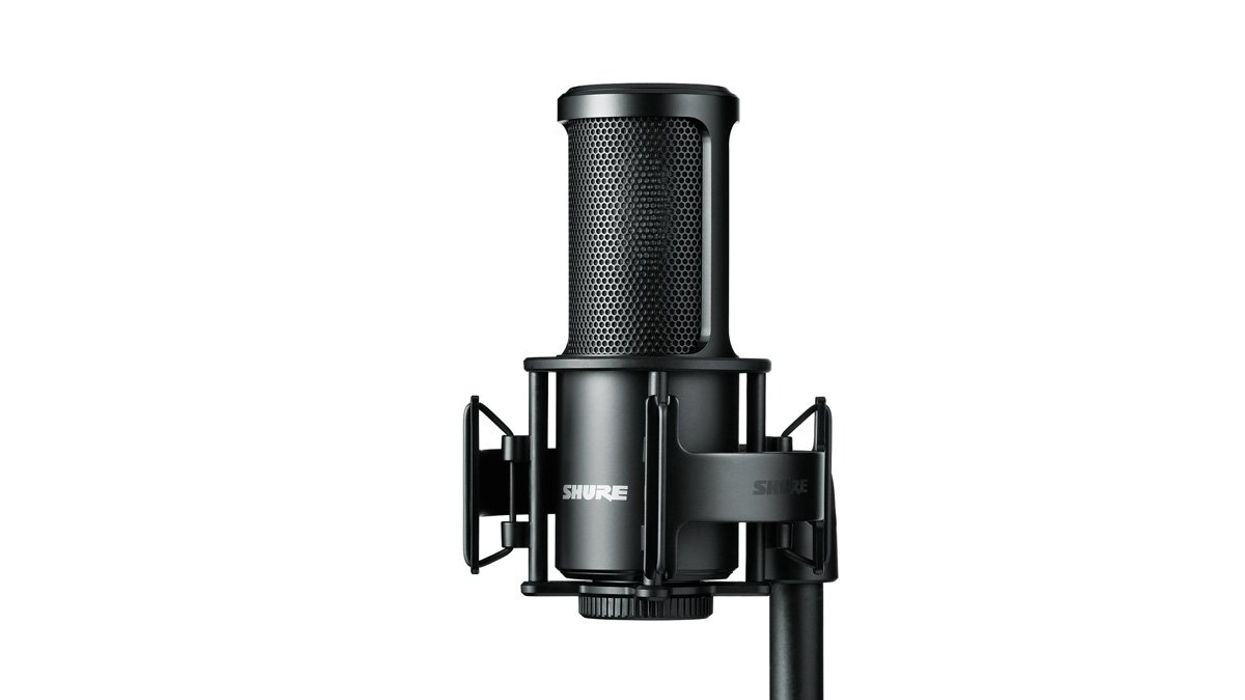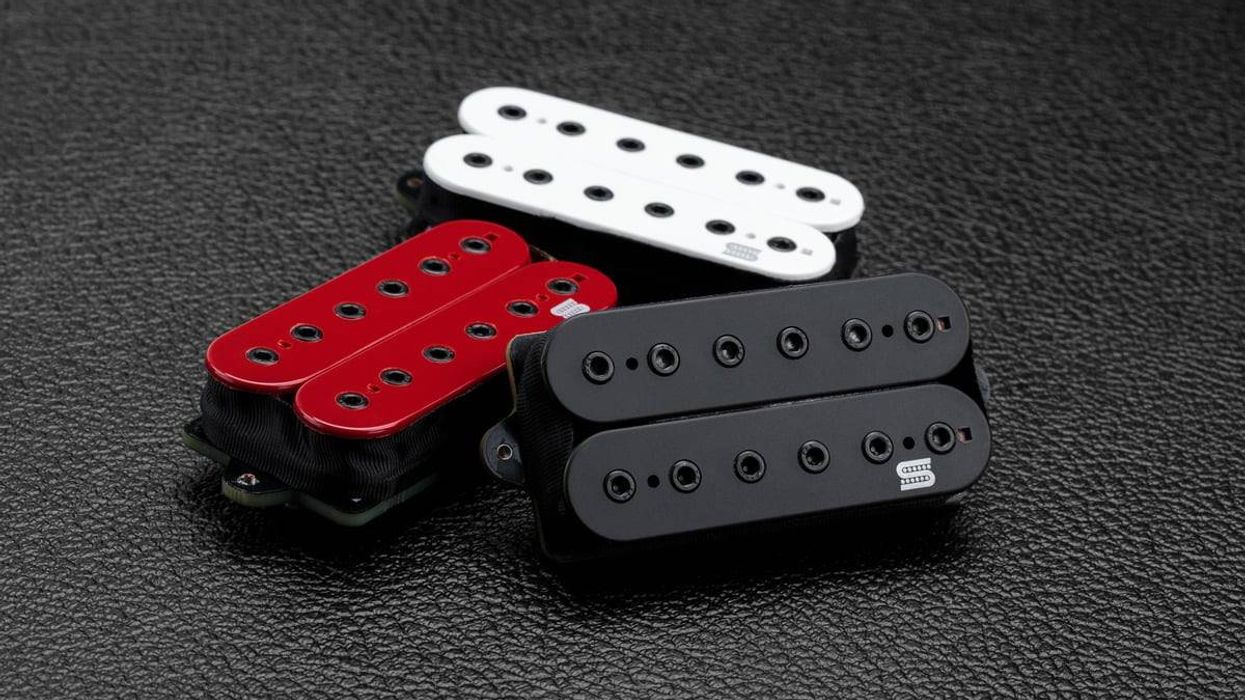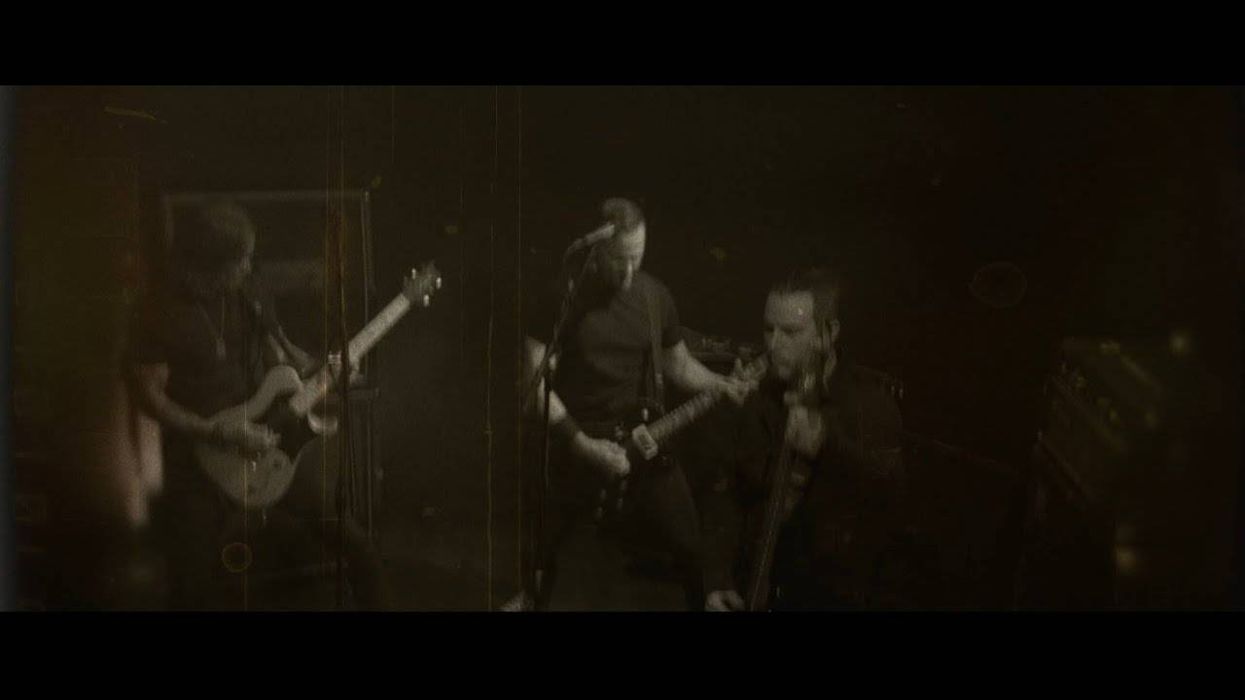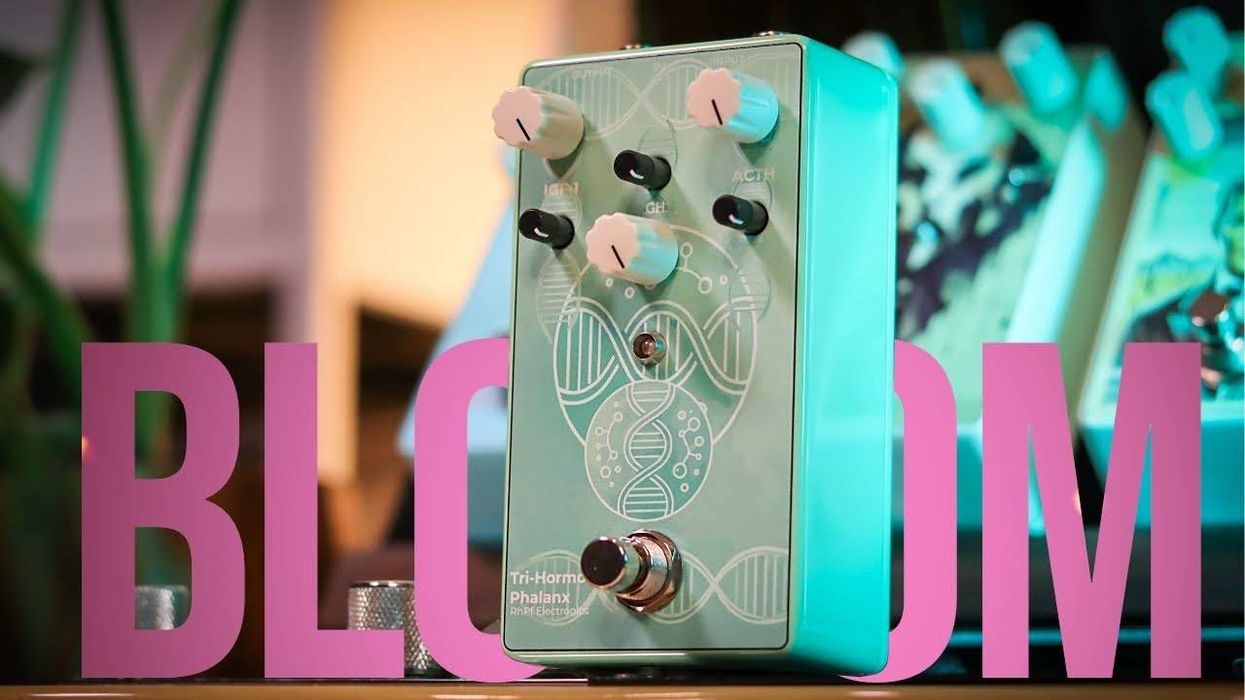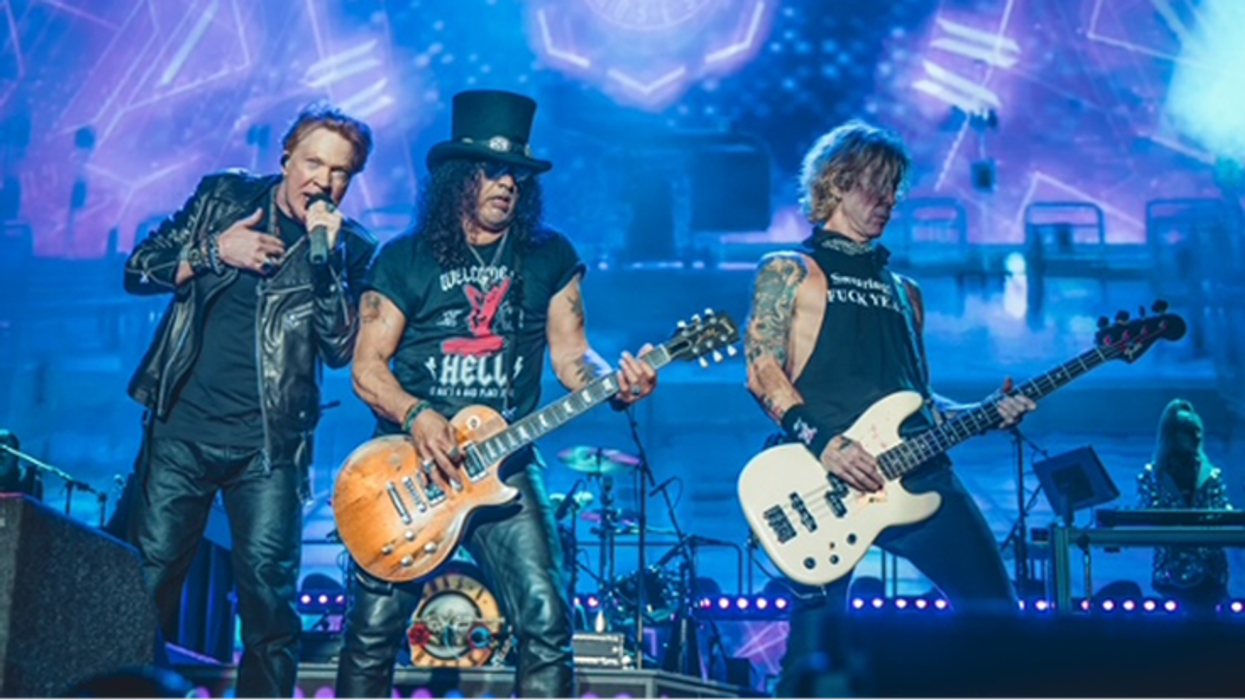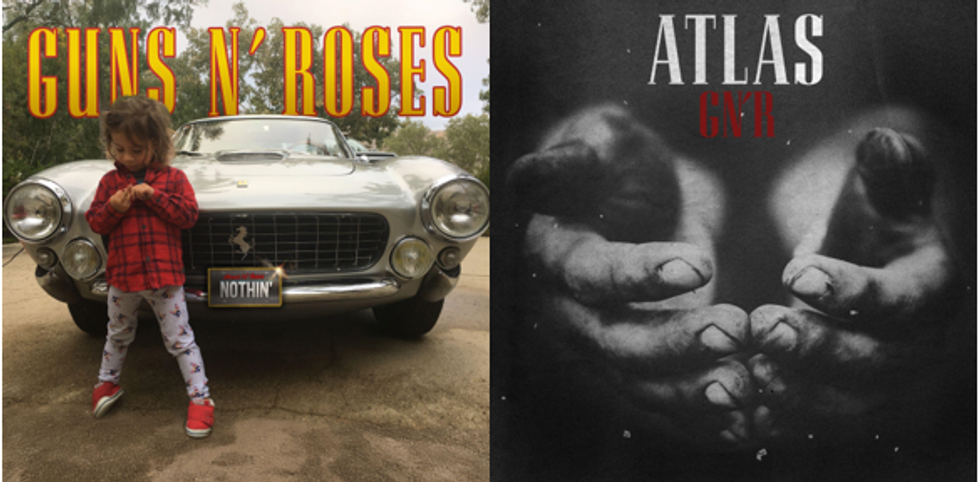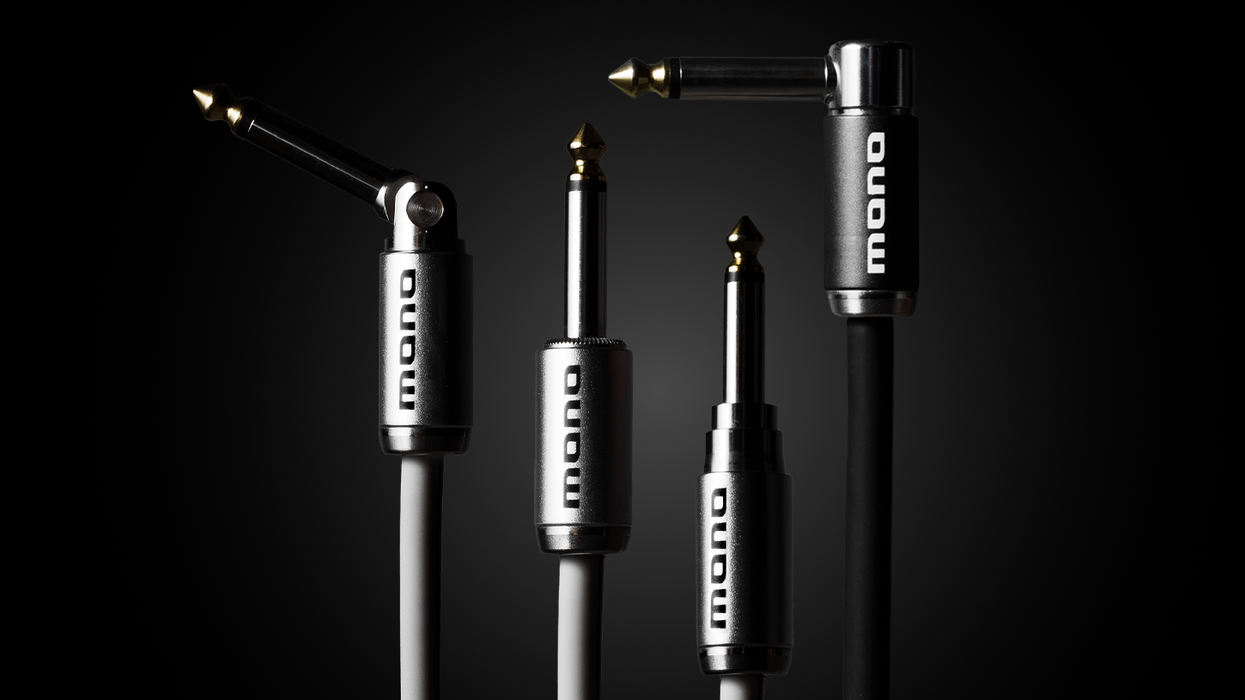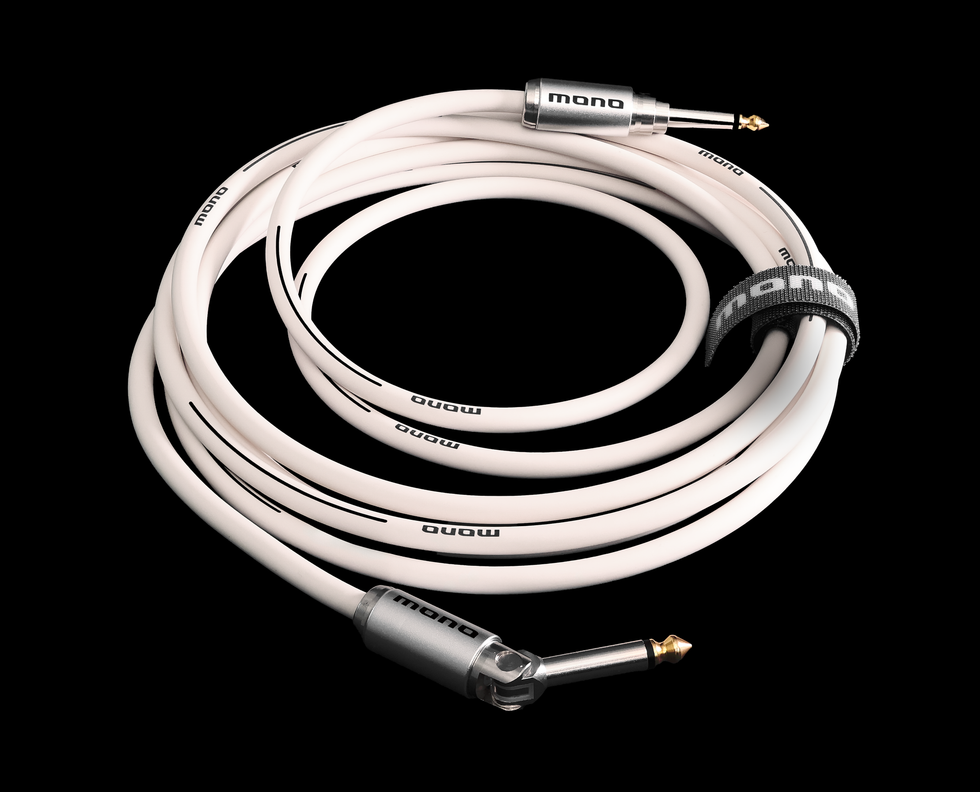The SM4 Home Recording Microphone is designed to be a versatile, large-diaphragm condenser microphone engineered for at-home and studio recording of both vocals and instruments.
With a meticulously engineered dual-diaphragm capsule and a patent-pending RF shielding system, the SM4 is designed to empower artists to create professional-quality recordings regardless of their setup, environment, or experience level.
“The SM4 is designed to reflect the modern workflows of musicians, engineers, and creators who are serious about their craft, helping them overcome the issues that make engineers cringe: plosives, harsh high-frequency response, undefined low-end, and RF interference," shared Steve Marek, Associate Manager of Product Management, at Shure. "If you’re a musician, you want to stay in the creative flow, rather than chasing down problems in your audio setup. No matter what you are recording with the SM4, you need your tracks to be professional quality. If you’re an engineer receiving those tracks, you’ll appreciate how seamlessly they fit into a mix, and the time saved from not having to fix a variety of problems surgically.”
This microphone features multiple layers of plosive protection and integrated components. The dual-diaphragm capsule reduces popping noises and keeps sound quality consistent with reduced proximity effect.” With its patent-pending Interference Shielding Technology, users don’t have to worry about unwanted RF interference noise from wireless devices commonly found in at-home recording environments, including smartphones, laptops, and Wi-Fi routers.
The SM4’s built-in features make it easy to achieve professional-quality recordings with minimal effort. The controlled low-end response enables EQ adjustments without introducing unwanted elements, making it easier to achieve a big radio voice and full-sounding instrument tracks. The magnetic pop filter helps diffuse air blasts while the shock mount reduces handling noise and rumble. The microphone’s cardioid polar pattern provides a forgiving and large “sweet spot,” enabling vocalists to move freely without compromising sound quality. With the SM4, users can focus on staying creative and spend less time on post-production.
Key Features and Benefits:
- Smooth and Natural Audio Reproduction: Equipped with a brass one-inch dual-diaphragm capsule, the SM4 condenser microphone captures clean, controlled low-end and smooth, detailed highs. The uniform cardioid polar pattern provides strong off-axis rejection of unwanted noise, and the large “sweet spot” reduces proximity effect.
- Patent-Pending Interference Shielding Technology: Block unwanted RF noise from common wireless devices, including smartphones, laptops, and Wi-Fi routers. The proprietary system features an integrated pop-filter and woven mesh Faraday cage that shields the microphone capsule for clean audio capture.
- Mix-Ready Sound Effortlessly: Internal pop filter enables clean, plosive, and rumble-free recordings for easier post-production work. Compress and EQ to taste without bringing forward unwanted elements that can plague recordings and mixes. With optimized sensitivity, the SM4 works with any interface to achieve professional-quality recordings, no matter the environment.
- Exceptional Flexibility for Vocal and Instrument Recording: The SM4 is optimized to capture a wide range of sound sources, from soft vocals to loud instruments, including drums, guitar amps, and horns, with exceptionally high sound pressure level (SPL)handling capabilities (max SPL of 140dB; equivalent to a jet engine).
- Legendary Durability and Camera-Ready Design: Rugged, all-metal construction from a brand with nearly a century of experience in producing reliable gear for stage and studio. The sleek, low-profile design won’t distract from the performer or environment.
The SM4 Microphone, now available for $199, comes with a swivel-mount microphone clamp and zippered carrying bag. Additionally, a bundle option is available; the Home RecordingKit option, priced at $269, includes a shock mount, magnetic pop filter, and premium carrying case.
For more information, please visit shure.com.
